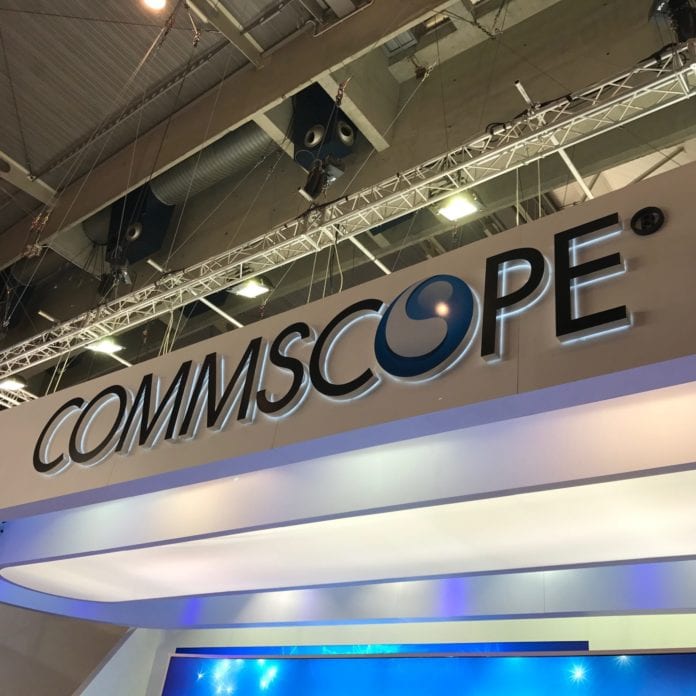CommScope’s Morgan Kurk, EVP and COO, and Ben Cardwell, SVP of Mobility Solutions, sat down with RCR Wireless News during Mobile World Congress 2018 to share the company’s perspective on the development of fixed wireless solutions that tap high capacity millimeter waves, as well as broad industry movements toward densification, increasingly robust LTE and 5G.
In the U.S. AT&T and Verizon are planning commercial deployments of fixed wireless 5G based on the non-standalone 5G New Radio standard. The general thinking here is providing a gigabit-plus connection to homes and businesses without having to lay fiber to every unit in an apartment complex, for instance. A wireless alternative to fiber is can be installed more cheaply and more quickly.
Kurk said using millimeter wave frequencies to provide in-building service requires an antenna outside or affixed to the building being served; the CPE needs to be in a window. “This is no mystery,” he said. From a deployment perspective, “Millimeter wave could be put on traditional macro towers, but it probably doesn’t make a tremendous amount of sense. If you’ve done a heavy metro cell layer on street poles, it’s likely to be collocated.”
As an “alternative to pulling fiber into the house,” Cardwell added, deciding whether to make a fixed millimeter wave play comes down to the business case. “Can you deploy this cheaper? That’s what it’s about. How many houses can it serve and what’s the installation cost?”
Kurk said 2018 would be an important year for operator trial activity, which will better inform ecosystem development around chipsets, handsets, power consumption and applications. “We don’t know what the end game is, but it’s more frequency bands, it’s new technology, it’s new infrastructure. I can predict nothing but change.”
Cardwell said that, while 5G is leading industry discussions, “Operators are really putting money behind fortifying that LTE network–it’s got a good capacity layer, it’s densified and they’re starting to virtualize some of those network functions and put some of that decision-making and content closer to the edge.”
As it relates to 5G, Kurk wondered, “When is our iPhone moment? Everybody is experimenting with how well it works. The real question on what things get done is what’s the availability of handsets, what’re the use cases?”

